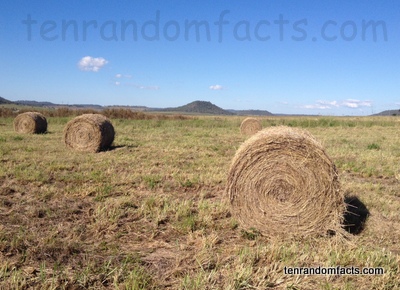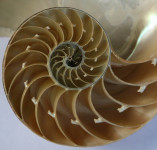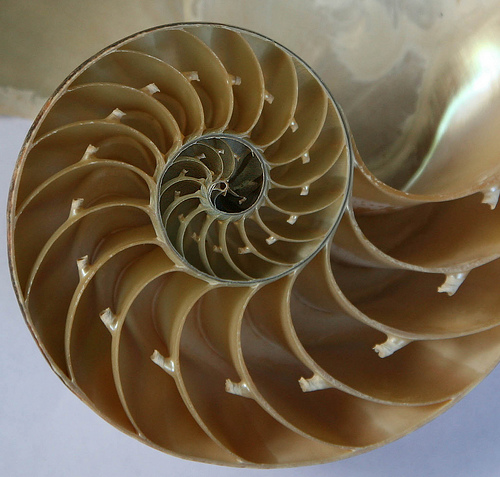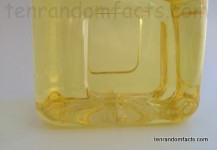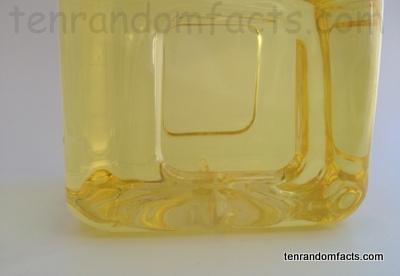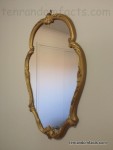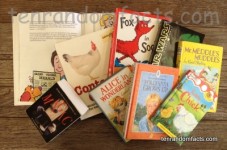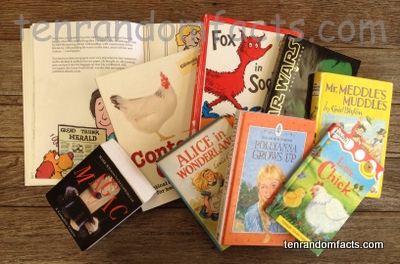
“Hay!” neighs the horse.
- Hay is a bundle of dried vegetation that is primarily intended for the feeding of farm animals.
- Animals that are common recipients of hay include horses, goats, sheep and cattle, as well as some pets, including guinea pigs and rabbits.
- Hay is typically made of grasses, and is sometimes combined with clovers, and legume plants like lucerne.
- Hay is usually provided to animals when insufficient food or grazing is available; and these circumstances often occur due to droughts, cold temperatures or lack of resources.
- The colour of hay can be a green, yellow or brown colour, although green is usually superior in quality, while bales that are yellow to brown internally, have lost the majority of their nutrients.
- Hay can be fed to animals all year round, and it can be used as the primary food source for some animals on farms.
- For the purpose of hay making, paddock grasses are grown to maturity, just before seeds ripen, to allow for the greatest quantity and quality of nutrients, and then they are cut and allowed to dry before baling.
- Too much moisture in hay can cause bales to build up heat, and they can combust spontaneously.
- Hay is generally gathered tightly in bales, that are either cylindrical or rectangular prisms in shape, often held together with twine, and they are best stored under cover or partly wrapped in plastic.
- Historically, hay was cut by hand with a scythe, and stacked in piles, known as ‘haystacks’, however, in modern times, the process of cutting and baling is usually all done by specialised machines.
Bibliography:
Hay, 2015, Wikipedia, http://en.wikipedia.org/wiki/Hay
Murphey S, Making Hay, 2013, ABC, http://www.abc.net.au/landline/content/2013/s3741731.htm
Amazon:





